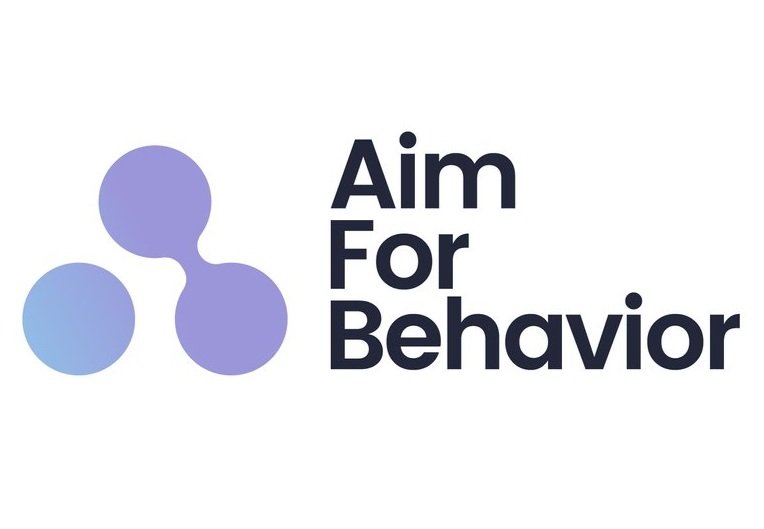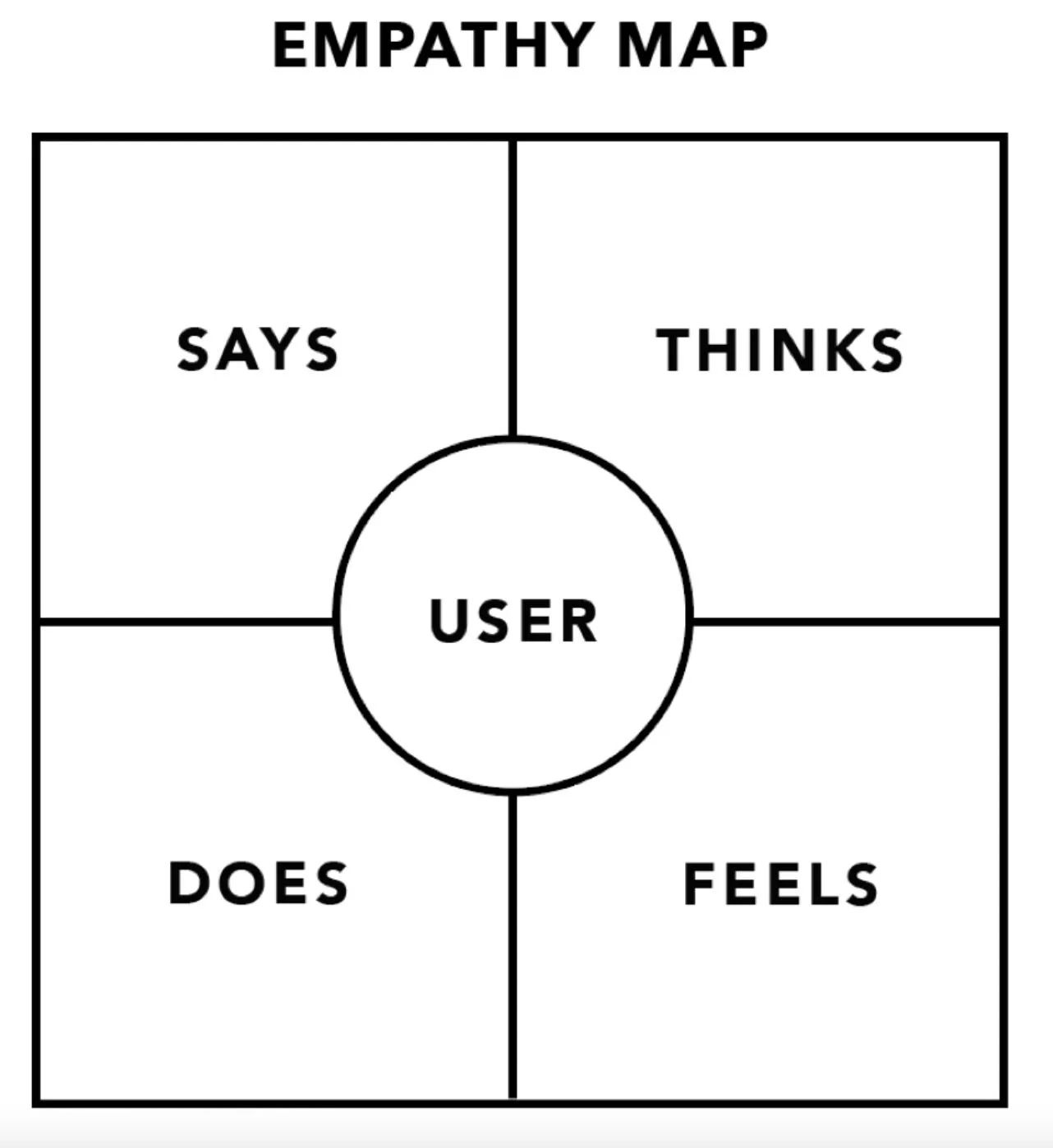If an Empathy Map is made to help designers understand users, how are you designing for the user without understanding psychology and behavior?
I'm really trying to make sure that the tools we use as designers are actually there to serve us and not to be pretty artifacts.
This is an empathy map (or a version of one). The quadrant and information that can exist inside of it can be very powerful for understanding people:
(I'm not sure I like the empathy framing though..but that's another subject)
Lets analyze here:
- Behaviors: These are actions, observable - this is what your customer/ employee is doing within an experience
- Thinking/Saying: What is the customer/employee thinking about the experience and saying
- Feeling: Emotions that are felt or expressed
You can map all this in whatever variety of empathy framework you want to use, this one or any other. (add pain and relievers, vitamins, minerals, essential oils... you get it)
I have no issue with the quadrant of the framework, but I keep asking myself, what is actually being done with the information from a real psychological or behavioral change perspective to get better outcomes in a design?
The answer in most cases, is.... nothing? or worse we do use it to design for people without an evidence base.
The question becomes, how can I design for behavior and psychology... without an evidence base? - because this is what seems to happen (I've done this in the past as well, so I'm guilty of it as well)
So what would I do with the data today - now that I have competence in behavior change?
1) Fill your board with intention - create your questions based on something like COM-B or the Theoretical Domains Framework, so you can then code the answers.
Too late to do this, but that's ok, you can still code your existing information.
The outcome you want is to understand what is driving the "doing" part
2) Once I have the influences coded, then the work begins (COM-B is not the end of your behavior insights, it's just the beginning)
Let's say you code an influence as "have a fear of something", that would be an emotion that would fall under the automatic motivation barrier or Emotion domain under TDF.
3) Take that barrier and map it over to the intervention type and then from there see which behavior change techniques could be used to ideate a solution.
Did I lose you there?
It may sound like a different way to work, but that's because it's not a mental model you have at the moment - don't worry...It was the same for me.
It doesn't have to be hard or complicated, you can learn this and apply it to deliver better outcomes (I have a basics course you can take, but you can also just read the journals or the books on it)
There is no question in my mind that design and behavior are better together - one complements the other and vice versa.
These are other ways I can help you:
1 ) Get my Behavior Basics Course: Learn to add that missing Behavioral Science layer to your products and services in an easy and practical way
2) Explore my services: I work on small projects or as part of your team
3) Frameworks: Get access to my frameworks and tools
4) If you want to get Behavior Science and Innovation Tools join my newsletter below 👇

